If you and your family like pasta, you will love lasagna, which is an oven-baked dish based on layers of pasta, meat, cheese, and special sauces. It tastes amazing, and once you have the main components, it’s easy to prepare if you’re clear on what you need to do and the steps you need to follow.
What you need to focus on if you’re preparing lasagna is giving the right taste and texture to your meat and sauces. It should be on the perfect spot to give out an everlasting impression to your guests or family. But don’t worry, even if this is your first time, in this article we are giving you very easy steps to go through.

You will learn here:
- How to prepare lasagna dough
- How to prepare bechamel sauce for your lasagna
- How to enhance the taste of your meat
- What layers come first and useful tips to give your recipe a special taste and texture
You won’t mess up if you read the step-by-step instructions on how to cook a lasagna recipe and follow our advice and timing to get your new pasta dish done.
Contents
A lasagna recipe, step by step
We just mentioned pasta, sauces, and meat. Yes, preparing your ingredients and making sure you have everything ready is fundamental because once you start, there won’t be a second chance to get them at your local market. Go through the list of ingredients at the end of this article, and only proceed to step 1 after you have everything at hand.
Step 1: Chop onions and carrots
The first thing you need to do is chopping your vegetables, starting with onions and carrots. We recommend one onion and one medium-sized carrot and cut them into very small pieces. Do not mix them together because you will need each going in different directions.
Step 2: Pour some boiling water on your tomatoes
Boil some water and make cross-shaped cuts in your tomatoes. For this recipe, we recommend 500 grams of tomatoes. After cutting them, place them in a bowl and pour boiling water. Keep your tomatoes in boiling water for 30 seconds and then remove.
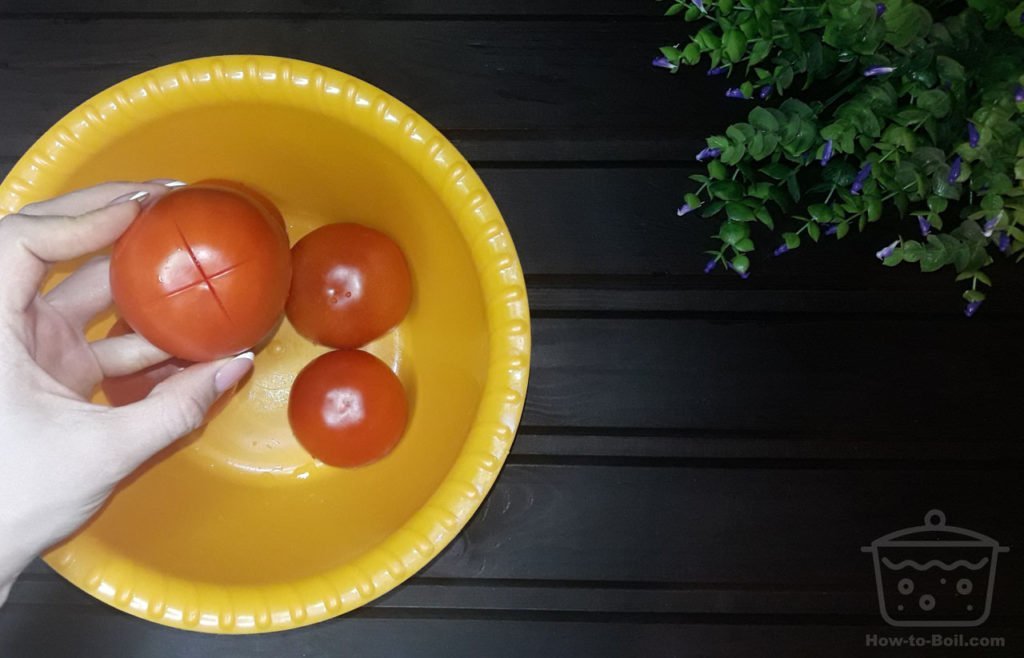
Step 3: Peel and chop tomatoes
Boiling water will make it easier to peel your tomatoes. Peel them carefully, and then chop your tomatoes into small pieces, similar to what you already did with onions and carrots. Keep everything in different parts and don’t mix them together. Each one will be added to your recipe at different timings.
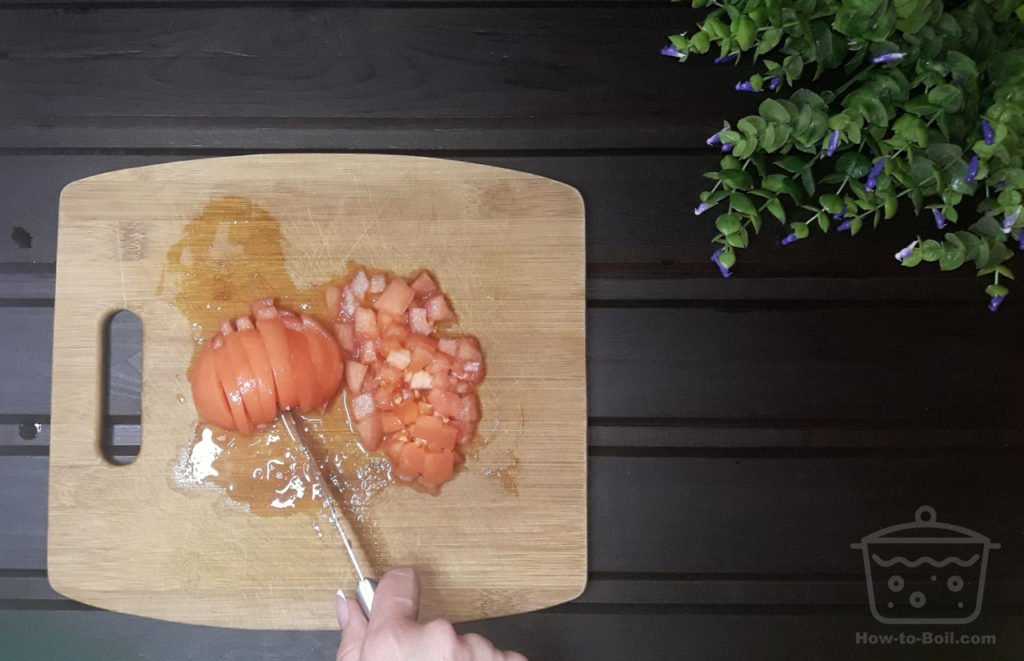
Step 4: Fry onions, carrots, and ground beef
On a frying pan, melt and spread 40 grams of butter, add 60 ml of sunflower oil, and fry your onions for 2 or 3 minutes. The goal here is to brown them slightly and only then add your carrots. When you have carrots and onions on the frying pan, continue cooking for 2 or 3 extra minutes, and add 1 kilogram of ground beef. Blend the ingredients and continue frying for 10 minutes until your ground meat changes its color.
Step 5: Simmer with milk and add tomatoes
After frying the ingredients for 10 minutes, add 1 tablespoon of salt and half a tablespoon of black pepper to enhance the taste. Then, we will simmer after adding 300 ml of milk and half a tablespoon of nutmeg. Continue simmering for 10 additional minutes, which will give enough time to blend the flavors consistently. Only after 10 minutes should you add your tomatoes. Put the lid on the frying pan and continue simmering for 1 hour.
Step 6: Prepare your lasagna dough and leave
To prepare your lasagna dough, sieve 400 grams of flour into a bowl to eliminate larger particles. Add 1 tablespoon of salt and 2 eggs, kneading everything together until you obtain a smooth dough. When you do, just leave it resting for 40 minutes.
Step 7: Melt butter in a pot, adding flour for your bechamel sauce
Next, we will prepare our bechamel sauce, starting by melting and spreading 60 grams of butter in a pot. Then, add 60 grams of flour, fry for a few minutes, and finally, pour 750 ml of milk.
Step 8: Add the rest of the ingredients and cook your bechamel sauce
Other ingredients we also recommend for your bechamel sauce are 1 tablespoon of salt, one onion, one bay leaf, and two or three cloves. After you’ve added these ingredients, keep cooking and stirring occasionally. You will see the sauce will thicken, which is the expected result. After it does and you’re done stirring, remove the onion, the bay leaf, and the cloves.
Step 9: Divide the dough, spread it, and cut it into rectangular pieces
Now, we will work with the dough after leaving it resting for a while. Make a ball of dough and divide it into four parts. Then, spread each part on a flat surface such as a dough rolling board. If you don’t have one, you can do it on your table. It should be a surface with sufficient space. Use a rolling pin and start by rolling the dough using a front and back motion. Keep doing so at various angles until you get a smooth and thin dough cover. Make sure it is a uniform thickness throughout and cut the dough in rectangular pieces. Remember to spread flour before rolling your dough to prevent sticking.
Step 10: Grate cheese and prepare a roaster with butter
Next ingredient we will prepare is cheese. Grate 300 grams of cheese with a grater, and once you have this ready, you can prepare a clear glass roaster by greasing the internal surface with sufficient butter. Work with a glass roaster or a lasagna pan because it is a good way to check on the layers of the lasagna to make sure it cooks properly. And butter is only meant to reduce the chance of sticking the ingredients on the surface of the roaster.
Step 11: Place rectangular lasagna noodles and the first layer on top
After greasing your roaster with butter, you can work on the layers of lasagna. We recommend starting with bechamel sauce at the bottom. This will prevent pasta from sticking. After spreading bechamel sauce, you can place the first layer of lasagna noodles. Carefully cut the rectangular layers of dough to make them fit depending on the size of your glass roaster. After the dough layer, continue with a thick layer of bechamel sauce, and then spread cheese and your prepared ground beef all over.
Step 12: Repeat the layers all over again
Repeat the same layers all over again, always starting with a layer of dough carefully placed to fill the roaster, followed by a thick layer of bechamel sauce, cheese, and ground beef. Keep doing so until you reach the top of your glass roaster or until you run out of ingredients. Make sure you’re distributing the ingredients evenly to avoid throwing away a surplus.
Step 13: Bake in the oven and serve your lasagna
After you’re done with the layers, proceed to bake in the oven. You can turn it on at 200 degrees Celcius, and the estimated cooking time will be 20 minutes. It will be useful to consider the layers through the roaster glass and try its consistency with a knife occasionally. You can take out the roaster when it is already tender if you can’t measure the actual temperature of the oven.
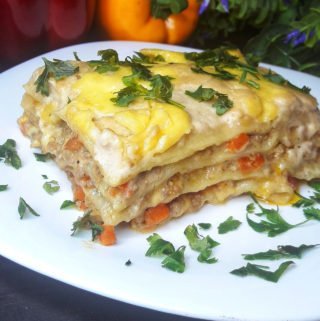
Easy Lasagna Recipe with Bechamel Sauce
Equipment
- A frying pan with a lid
- One pot
- Dough rolling board
- Rolling Pin
- Glass roaster
Ingredients
- 2 onions
- 1 carrot
- 500 grams of tomatoes
- 100 grams of butter
- 60 ml of sunflower oil
- 1 kg of ground beef
- 3 tablespoon of salt
- ½ tablespoon of black pepper
- 1050 ml of milk
- ½ tablespoon of nutmeg
- 460 grams of flour
- 4 eggs
- 1 bay leaf
- Cloves
- 300 grams of cheese
Instructions
- Chop onions and carrots
- Pour some boiling water on your tomatoes
- Peel and chop tomatoes
- Fry onions, carrots, and ground beef
- Simmer with milk and add tomatoes
- Prepare your lasagna dough and leave
- Melt butter in a pot, adding flour for your bechamel sauce
- Add the rest of the ingredients and cook your bechamel sauce
- Divide the dough, spread it, and cut it into rectangular pieces
- Grate cheese and prepare a roaster with butter
- Place rectangular lasagna noodles and the first layer on top
- Repeat the layers all over again
- Bake in the oven and serve
Notes
- Ground beef is a great option to prepare lasagna, but a combination of ground beef and pork tastes even better and will give an edge to your recipe.
- Avoid using skimmed milk. It may ruin the consistency of lasagna for a few calories.
- Try to find a lasagna pan. You will recognize them because they are around 3 inches deep, which will avoid having the top layer bubbling to the sides.
- Pasta should always be covered with sauce. Do not leave the upper layer with pasta dough exposed with no sauce.
- Covering your lasagna with foil can be a great idea for the first couple of minutes in the oven. You can then remove it and keep baking for 15 extra minutes.
- To add more vegetables, be wary of watery vegetables such as squash, mushrooms, and spinach. They can ruin the consistency of lasagna and make it feel soupy with excess liquid.


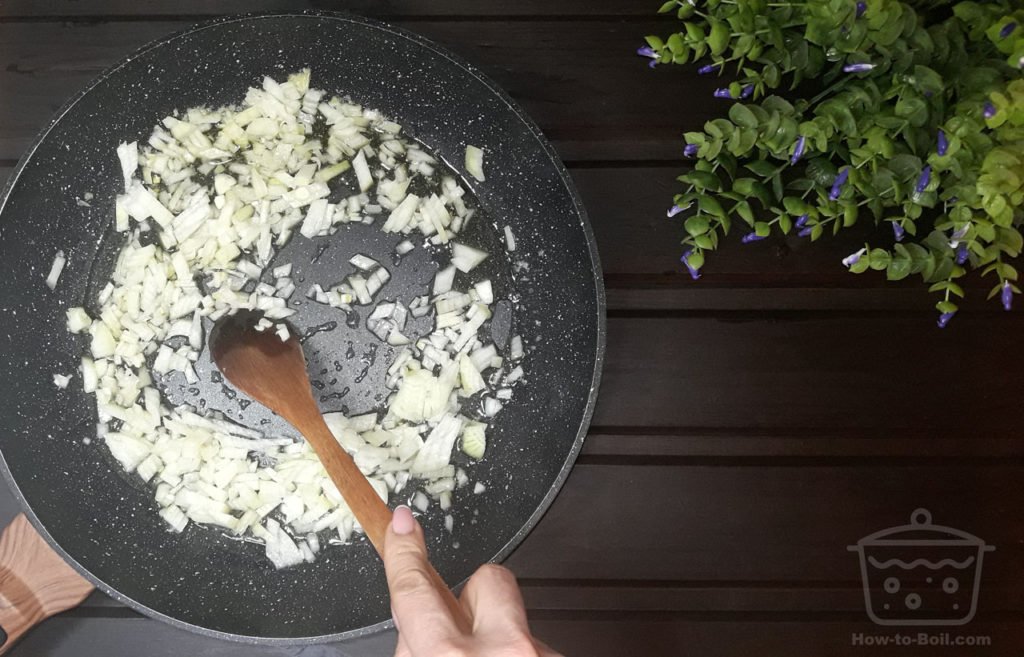
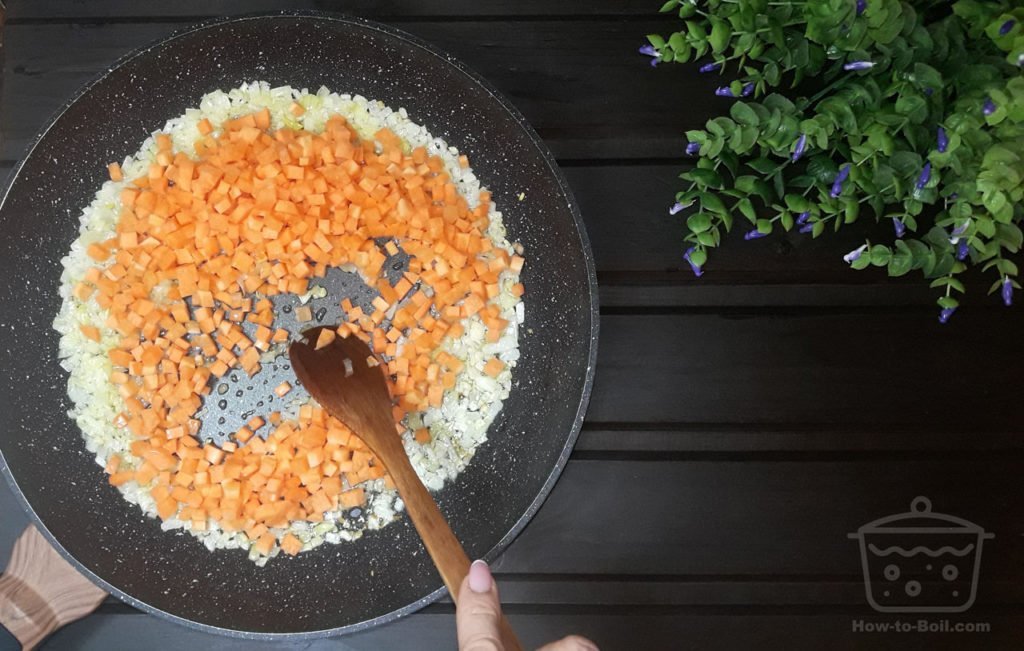
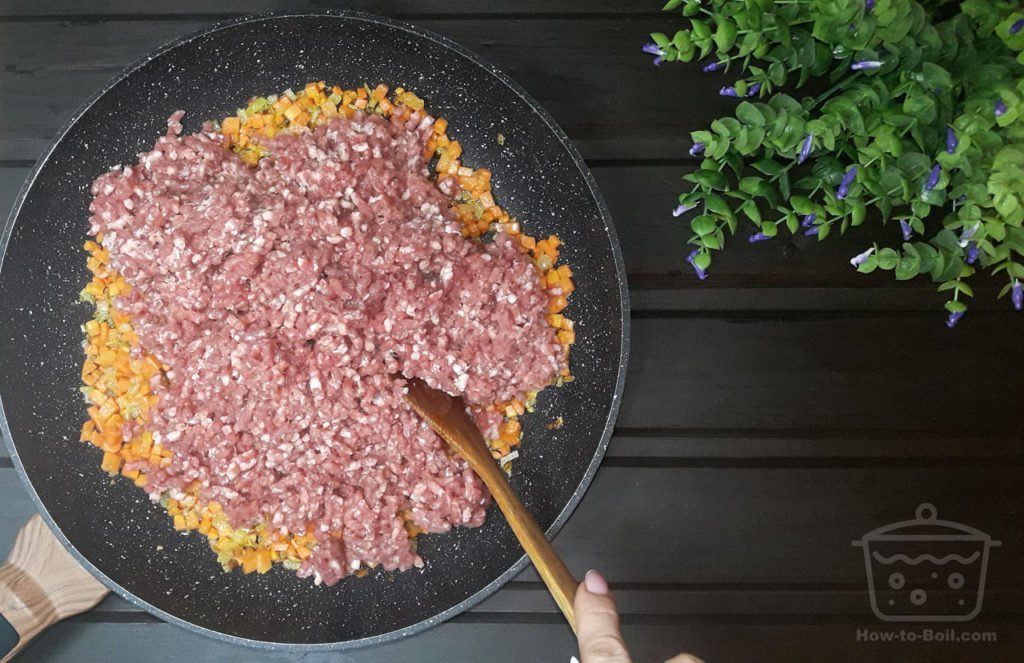
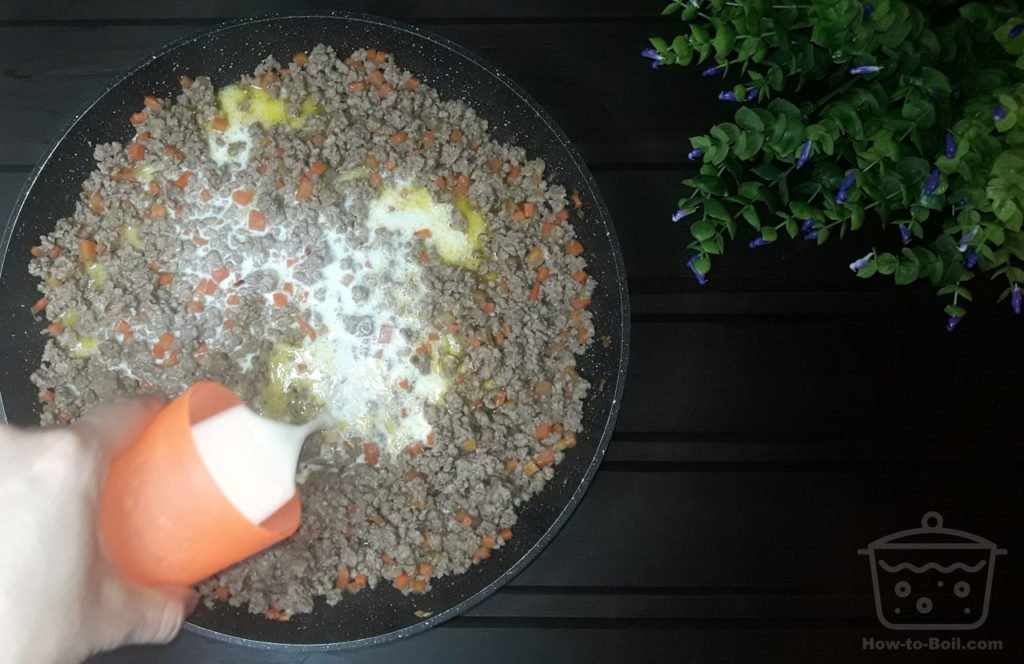
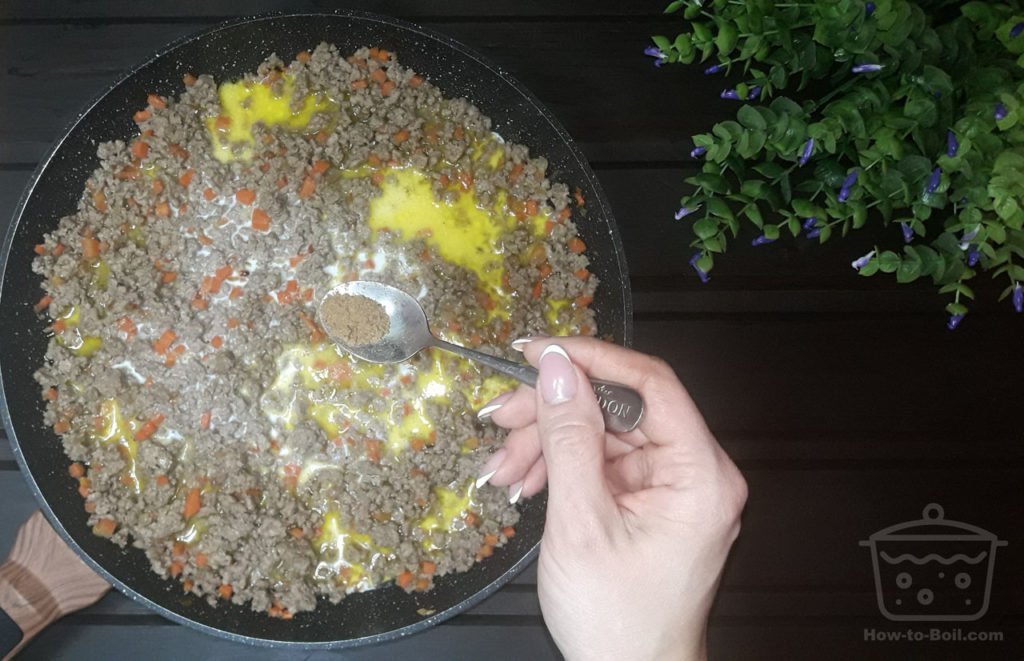
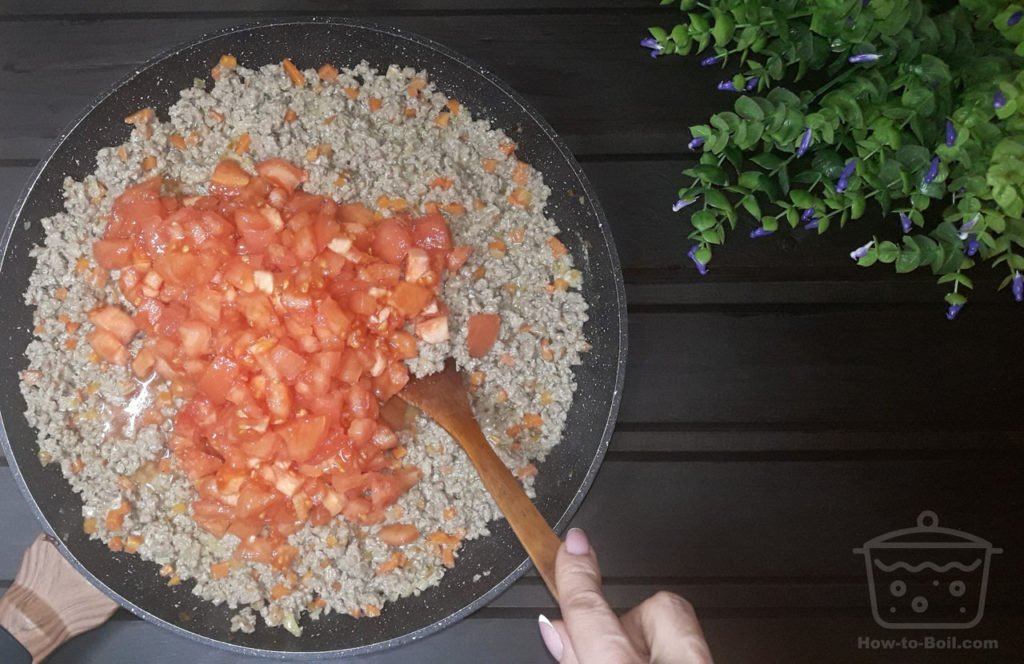
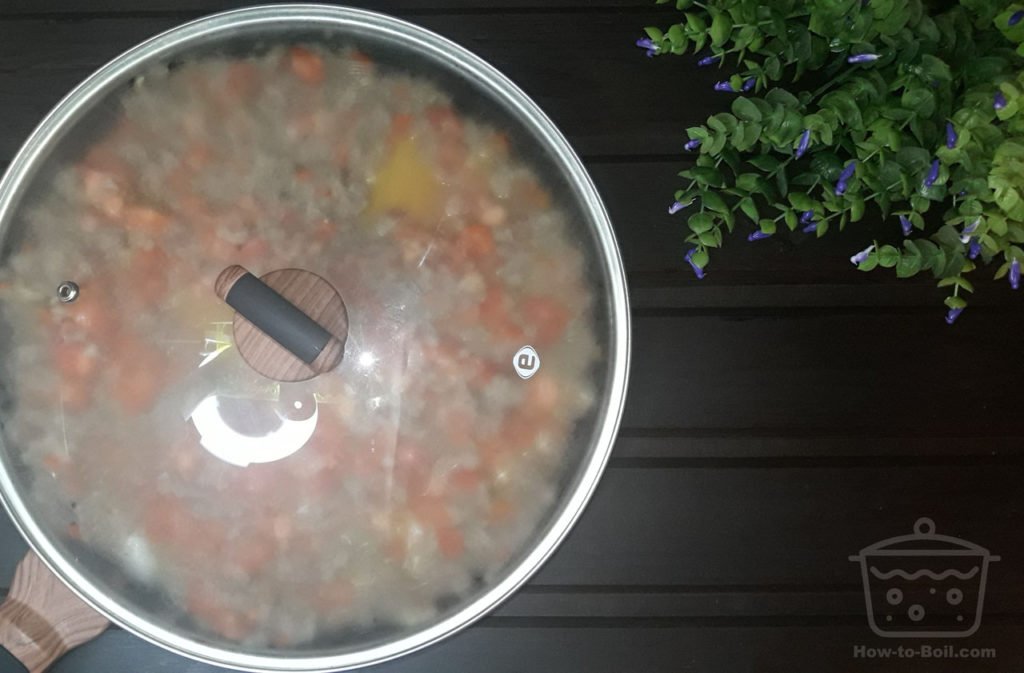
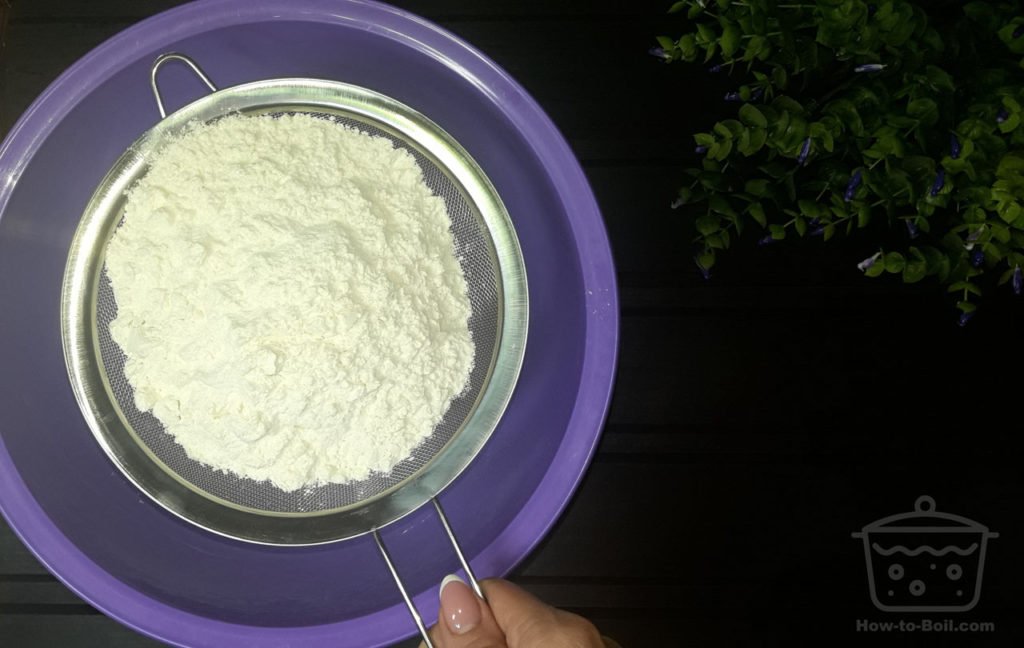
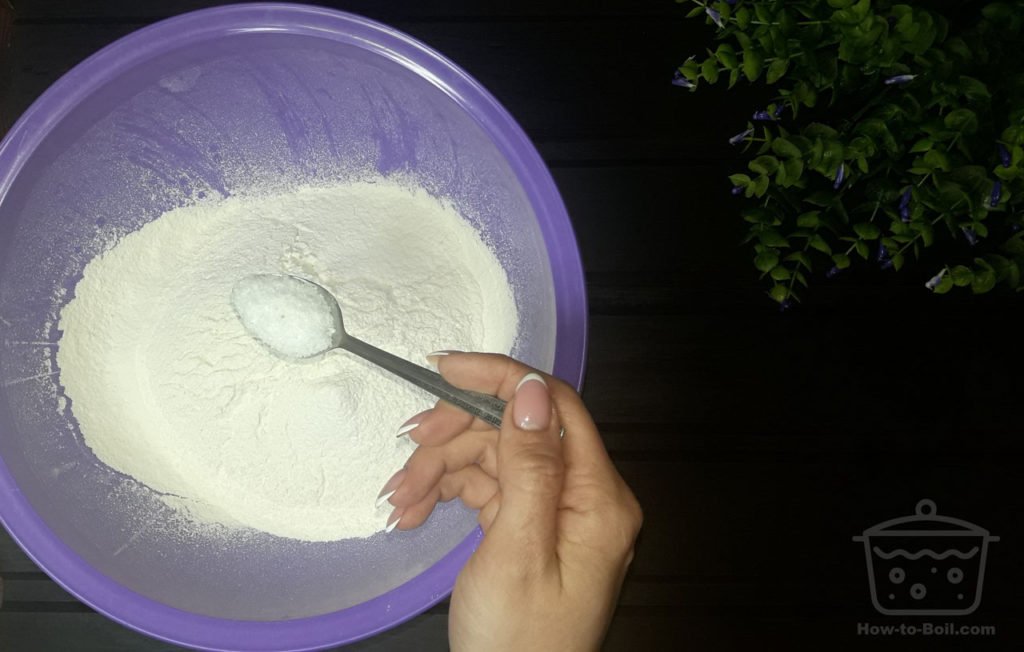
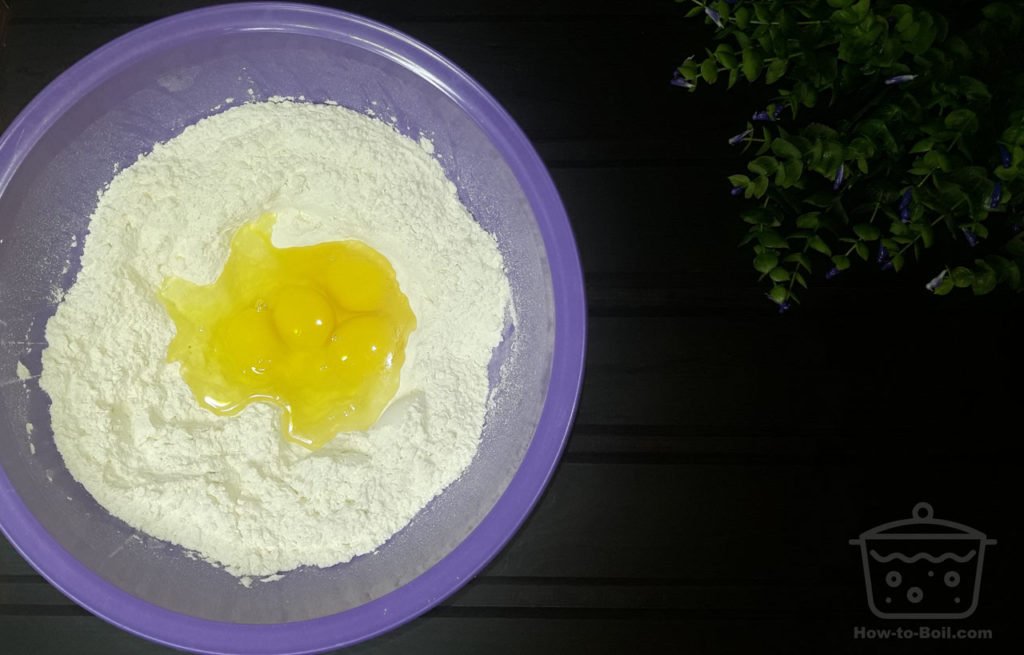
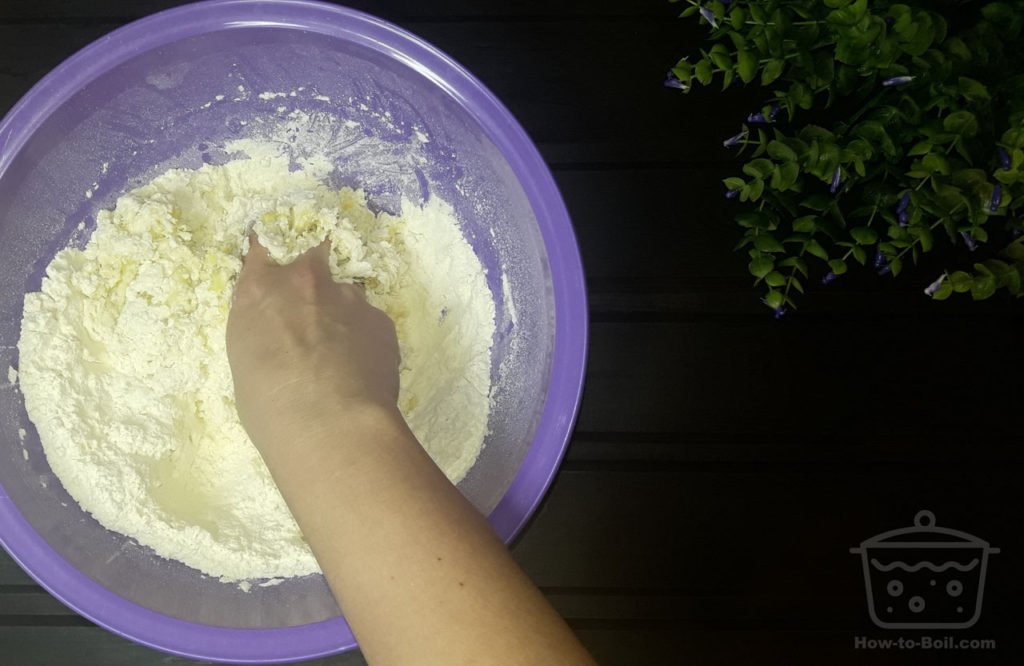
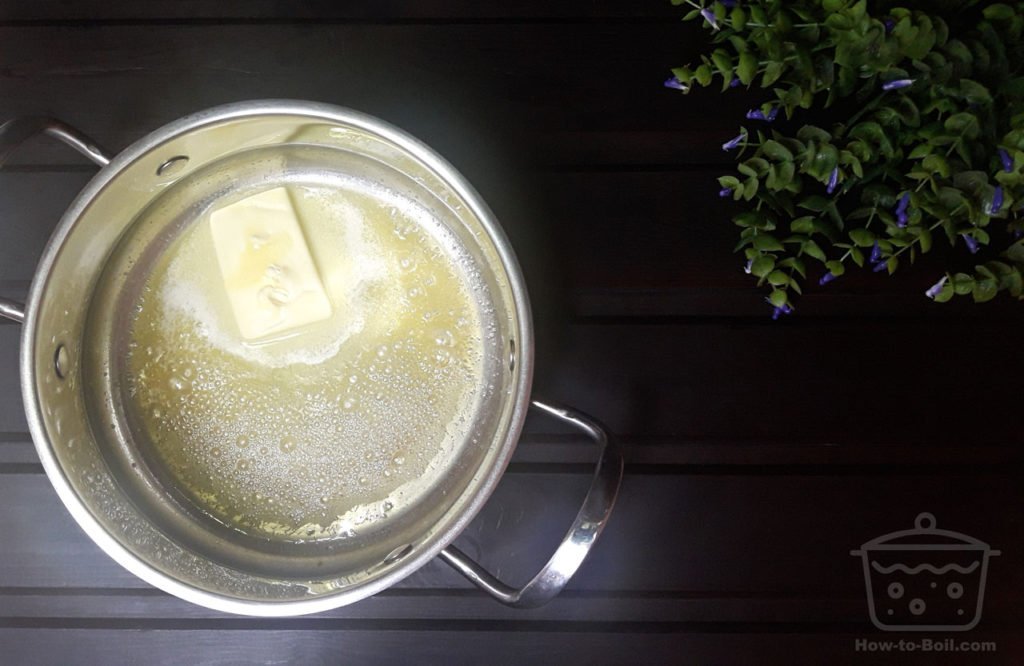
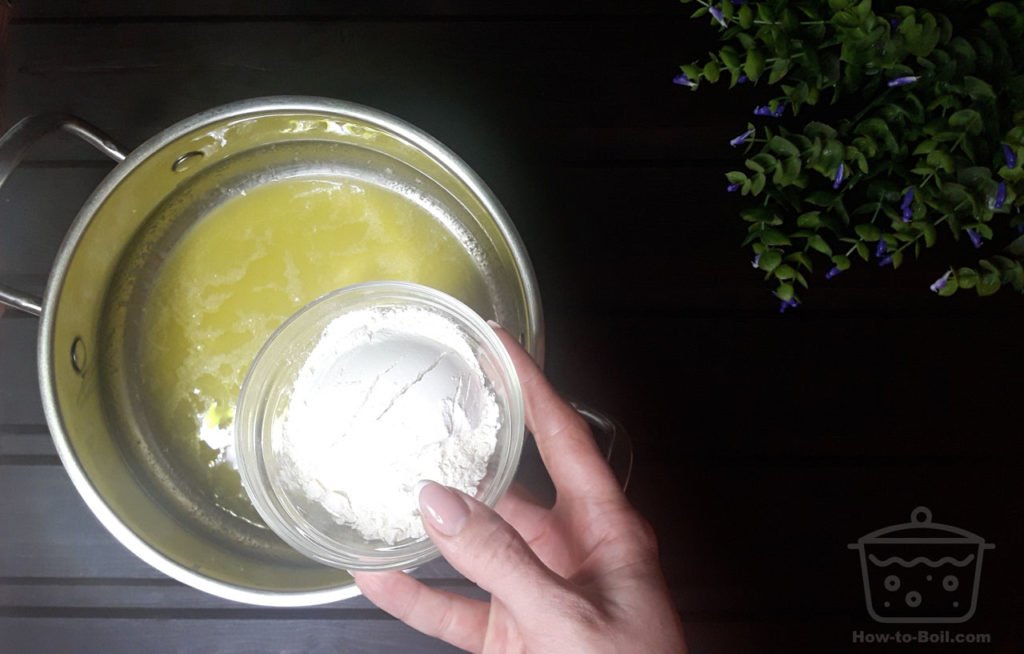
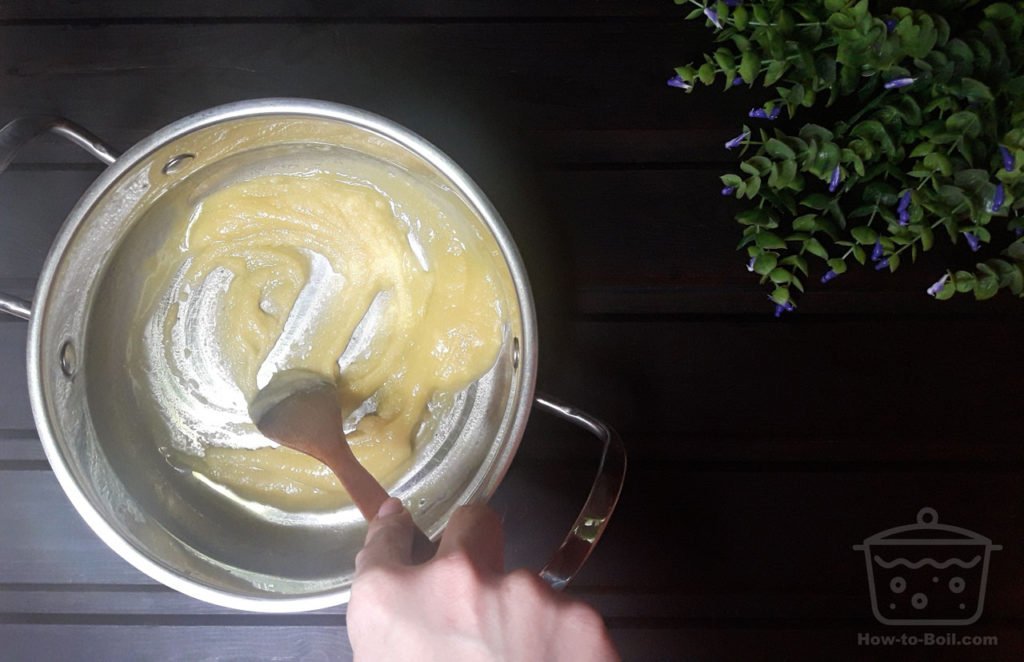

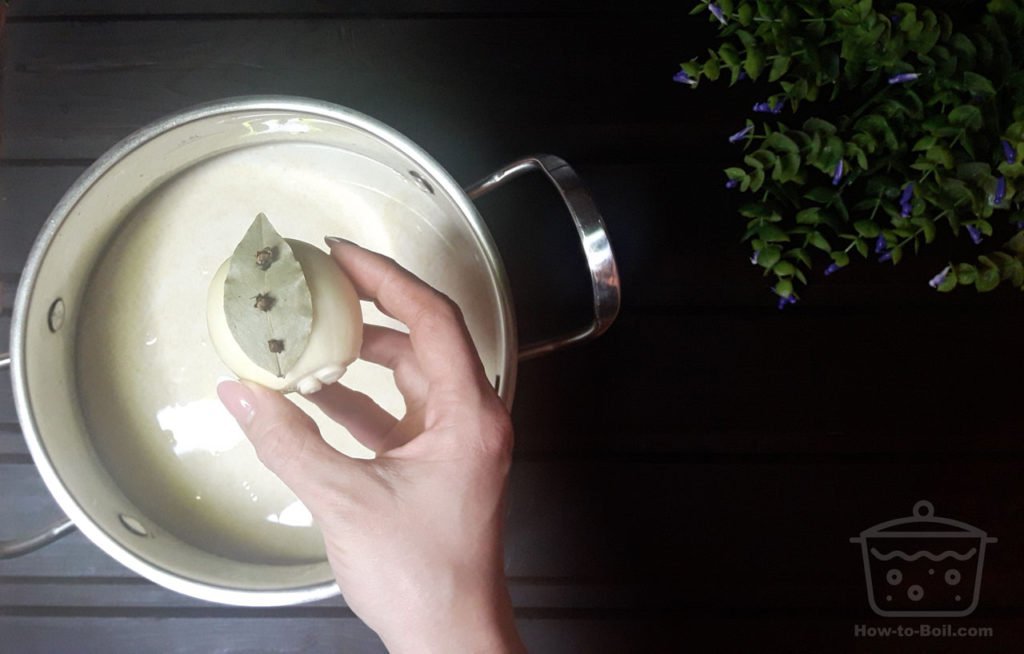

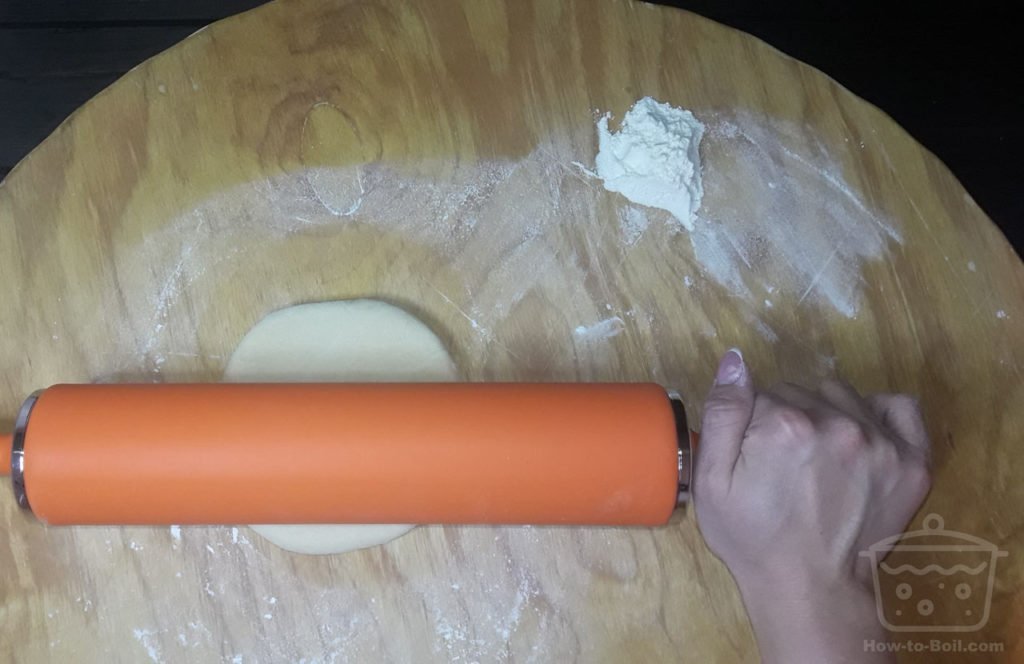

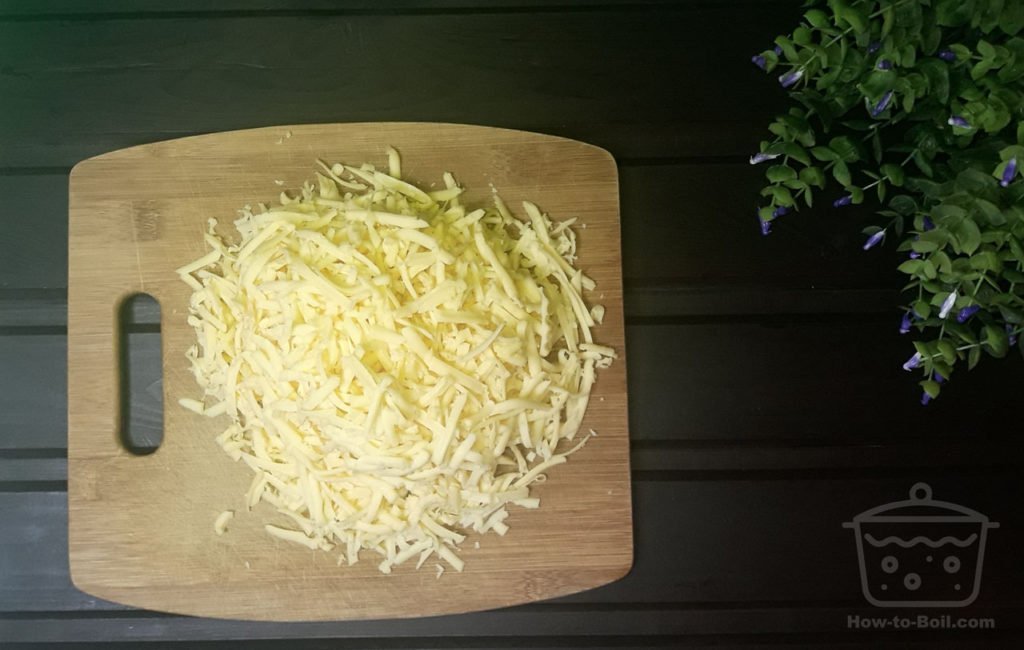
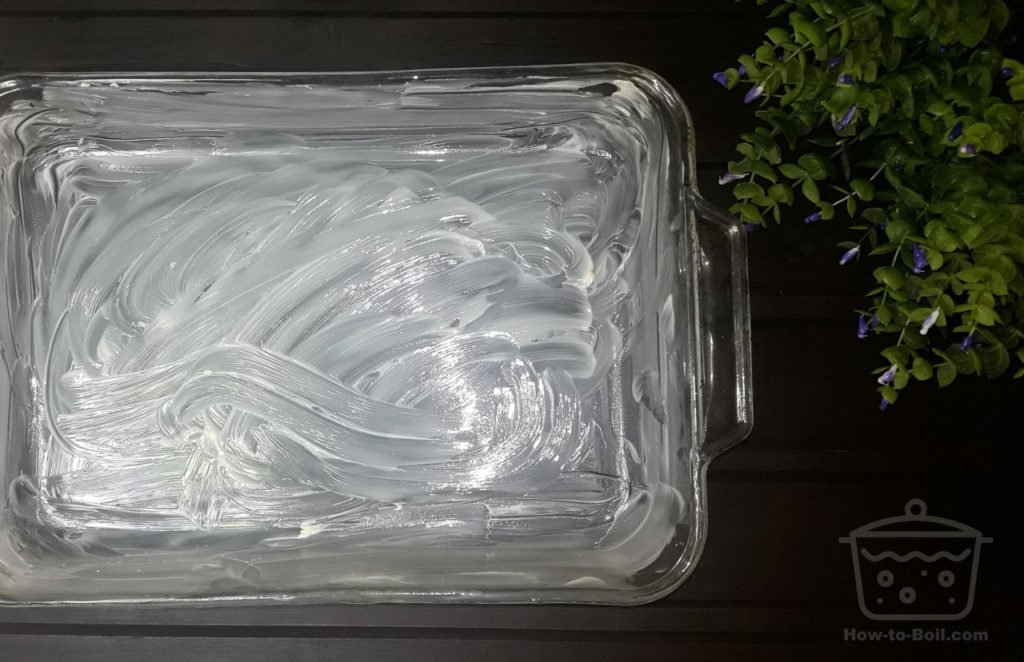
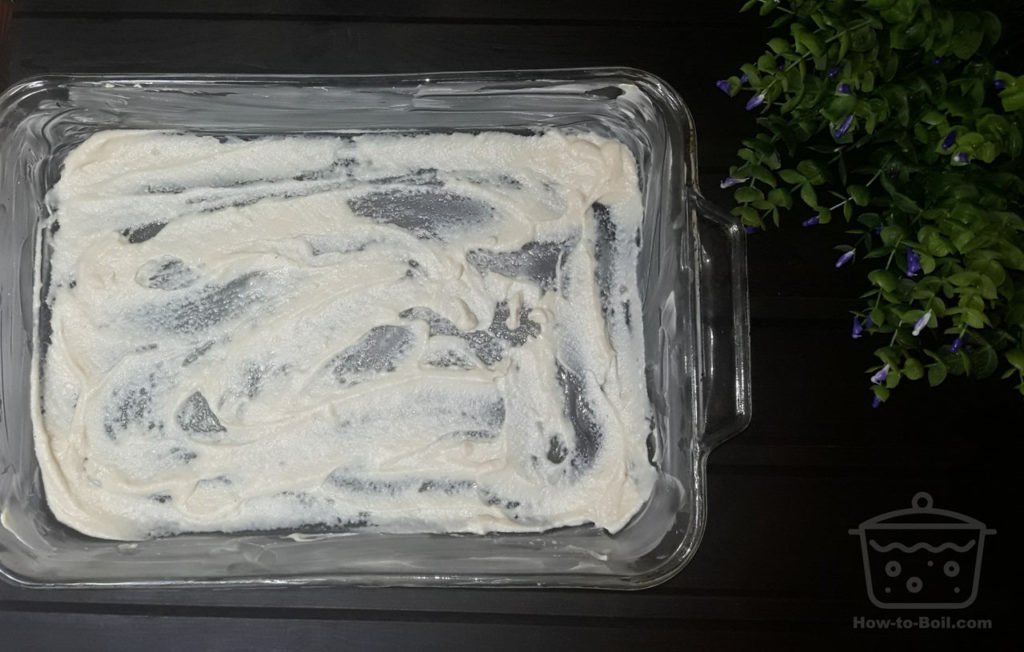

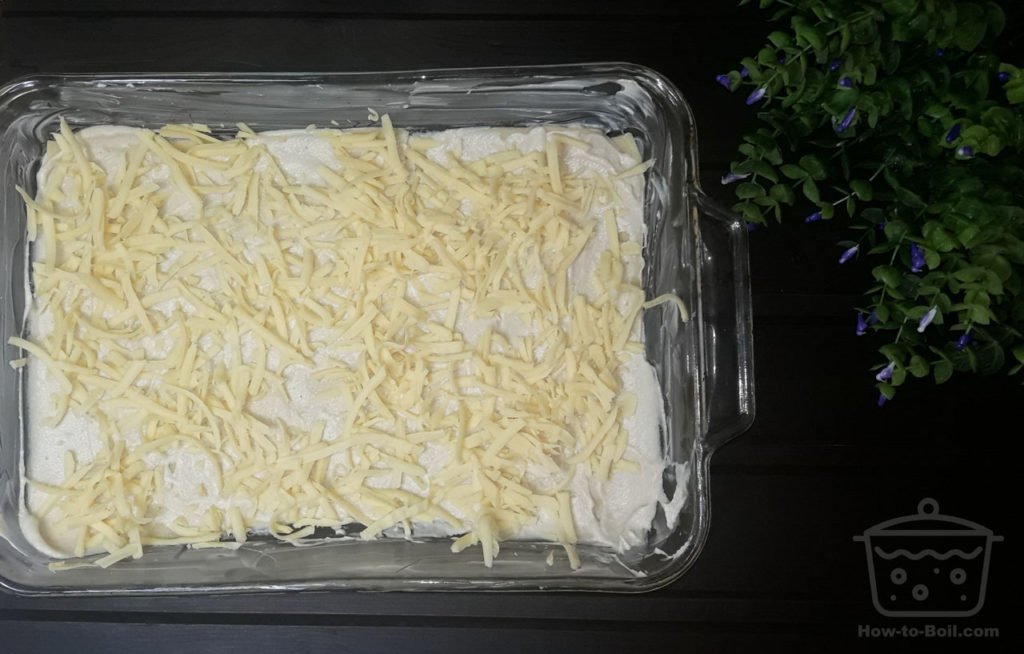
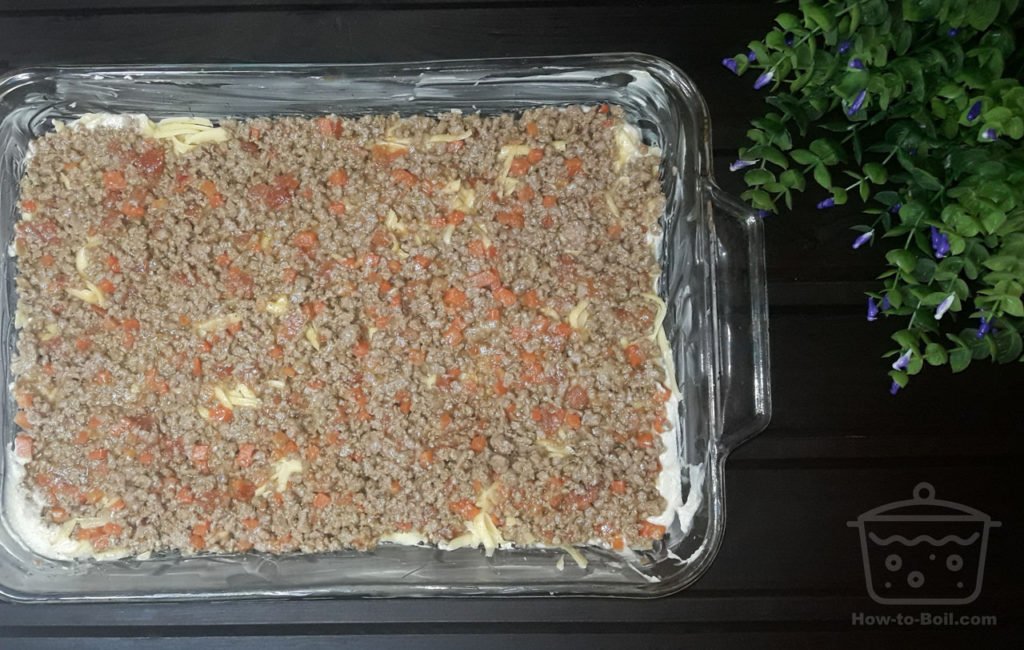
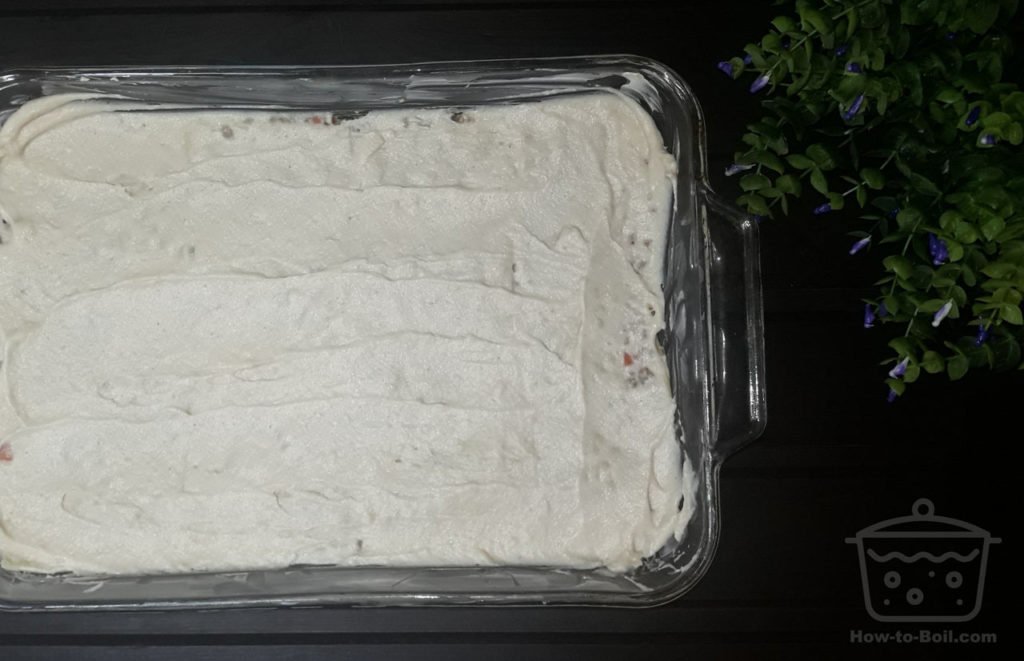
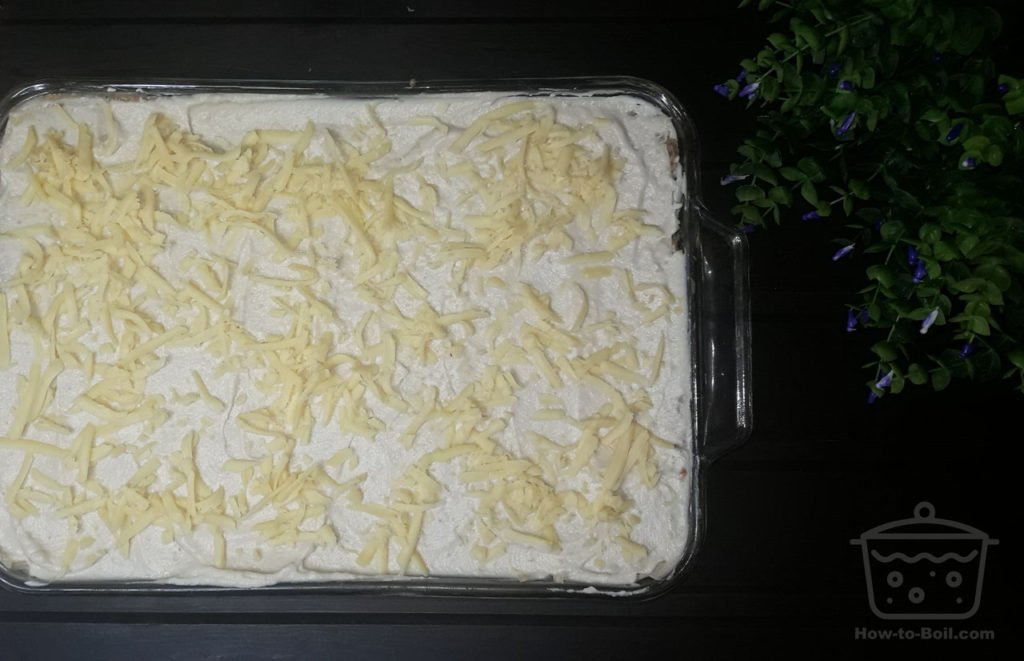
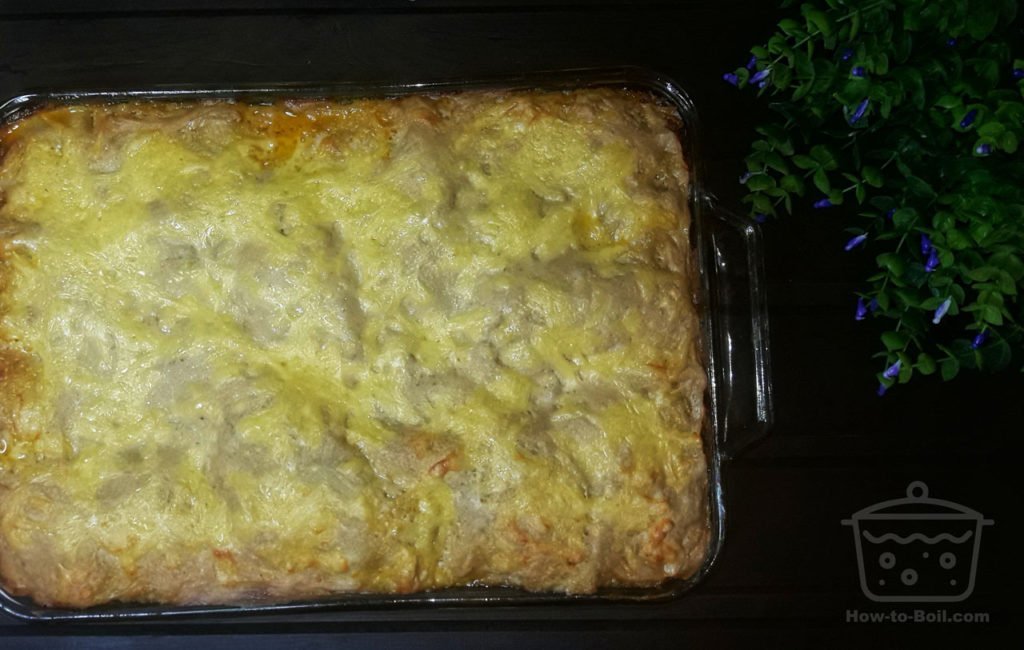
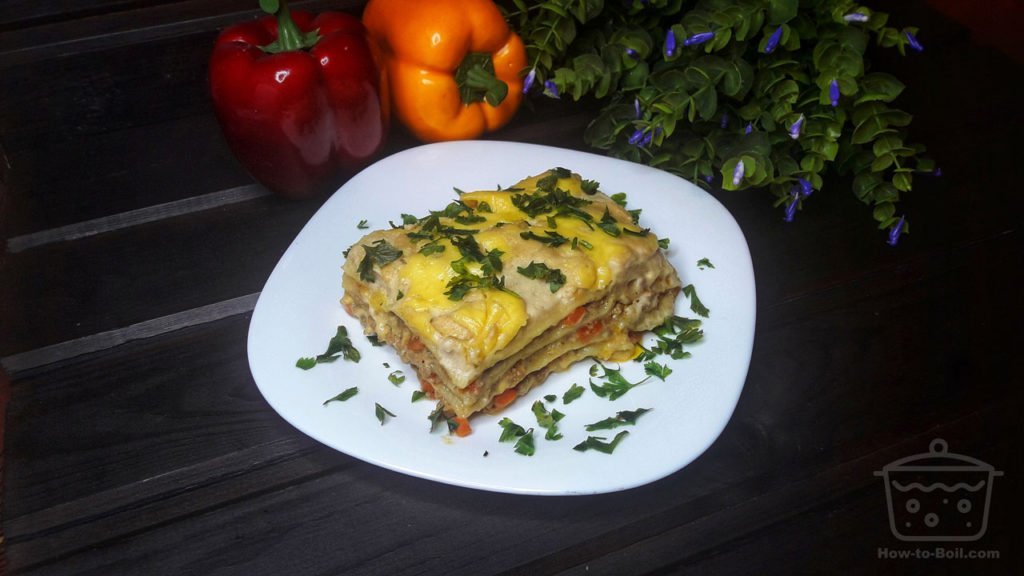

Leave a Reply